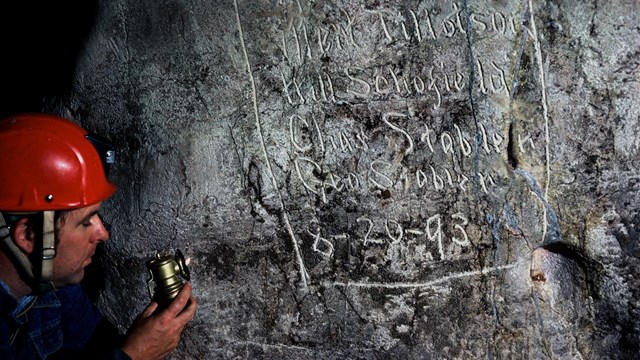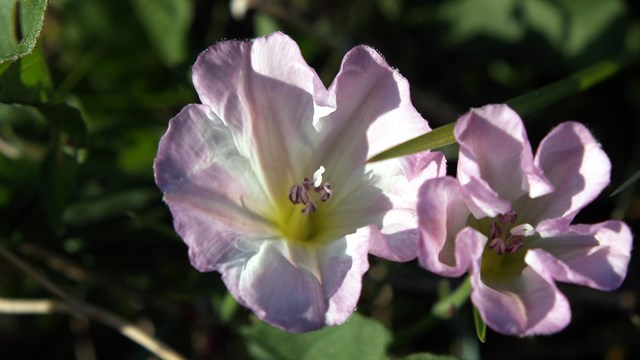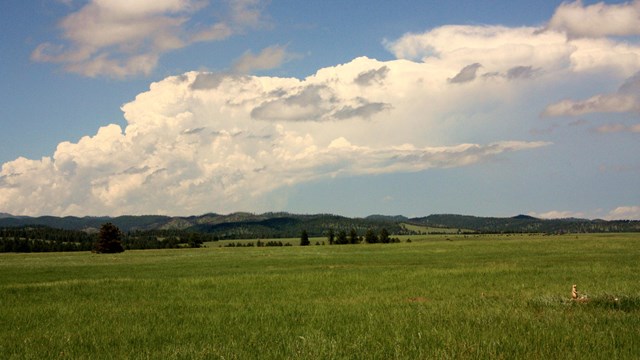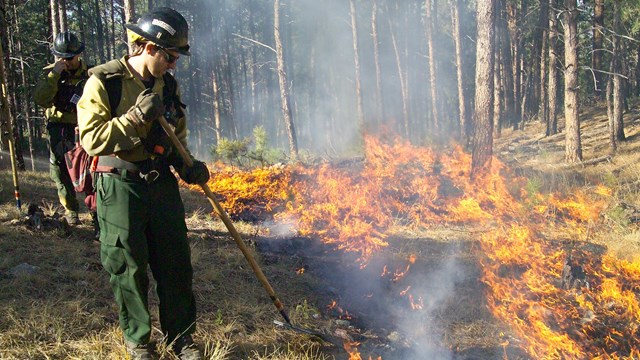"...and to provide for the enjoyment of the same in such manner and by such means as will leave them unimpaired for the enjoyment of future generations..."National Park Service Organic Act, August 25, 1916 Wind Cave was established as the country’s eighth national park on January 9, 1903. Many changes had occurred prior to 1900. Hunting and settlement had driven off native animals and the land was plowed for farming and grazed by cattle. The cave had even been changed. Visitors, explorers, and guides removed formations during the 1890s with many formations being sold as souvenirs. Names were written or carved into the cave and litter was left behind. Other harmful changes were made unintentionally, some in the early days and some much later, but many changes happened in the effort to provide ways for visitors to see the cave. All of these impacts affect the way the park is managed today. Today, the park lands are treated as a complete system, composed of parts that are interdependent. Park managers are also looking at ways to mitigate the damage done in the past. 
Cave Impacts
The cave is the park's namesake resource, and faces impacts from park activities. 
Nonnative Species
Wind Cave National Park, though home to a healthy prairie ecosystem, is also home to nonnative plants. 
Climate Change
Learn about how a changing climate will impact the prairie. 
Creating a Relationship with Fire
Learn how fire can be controlled effectively to benefit both plant and animal communities in Wind Cave. |
Last updated: September 3, 2023
